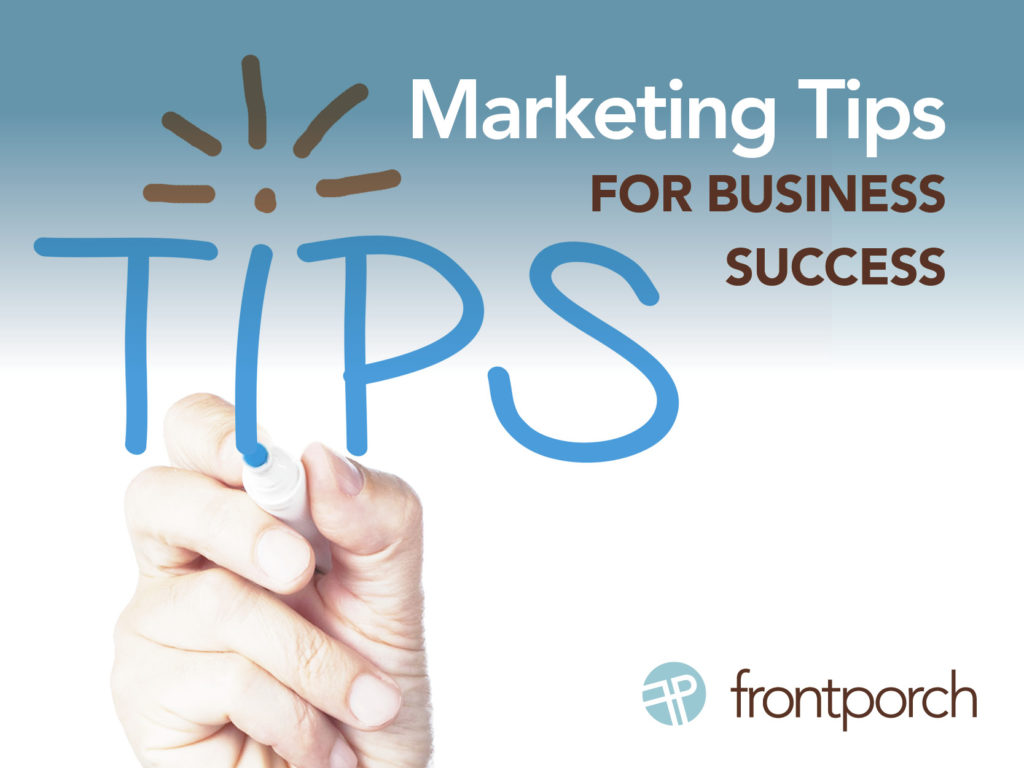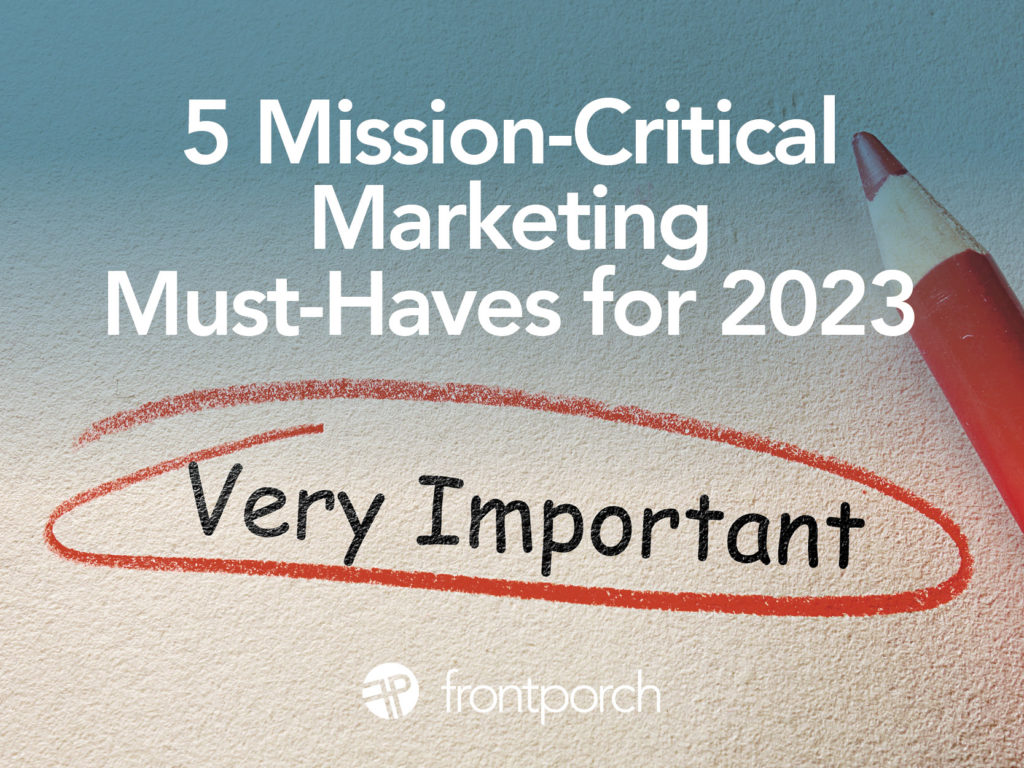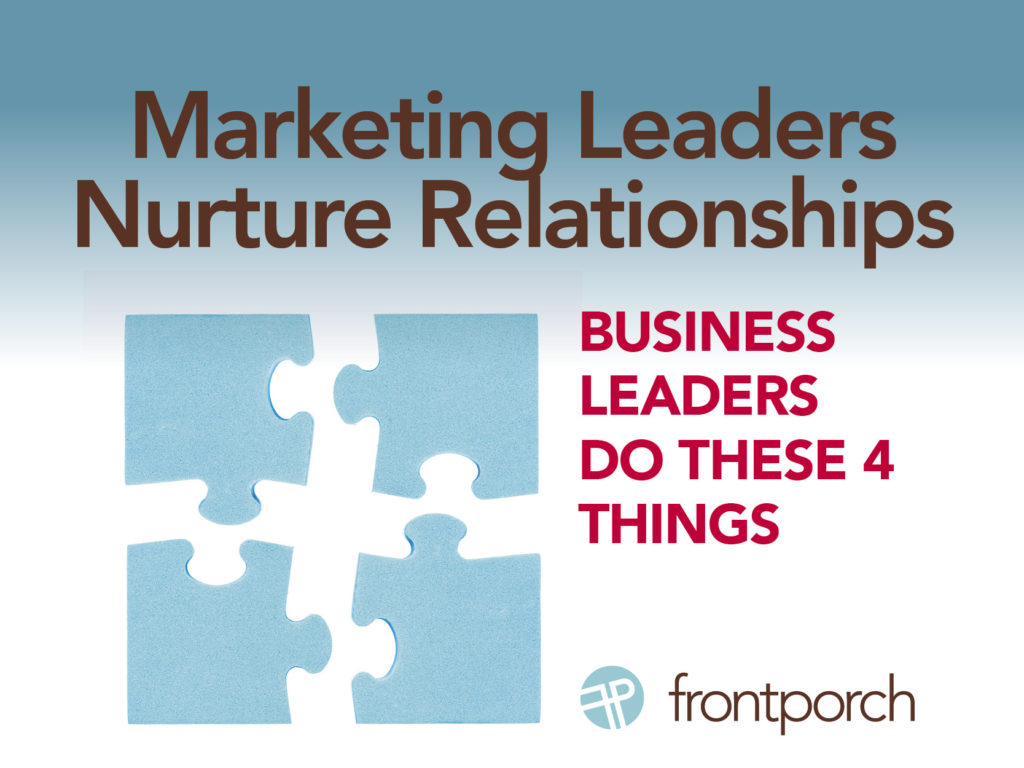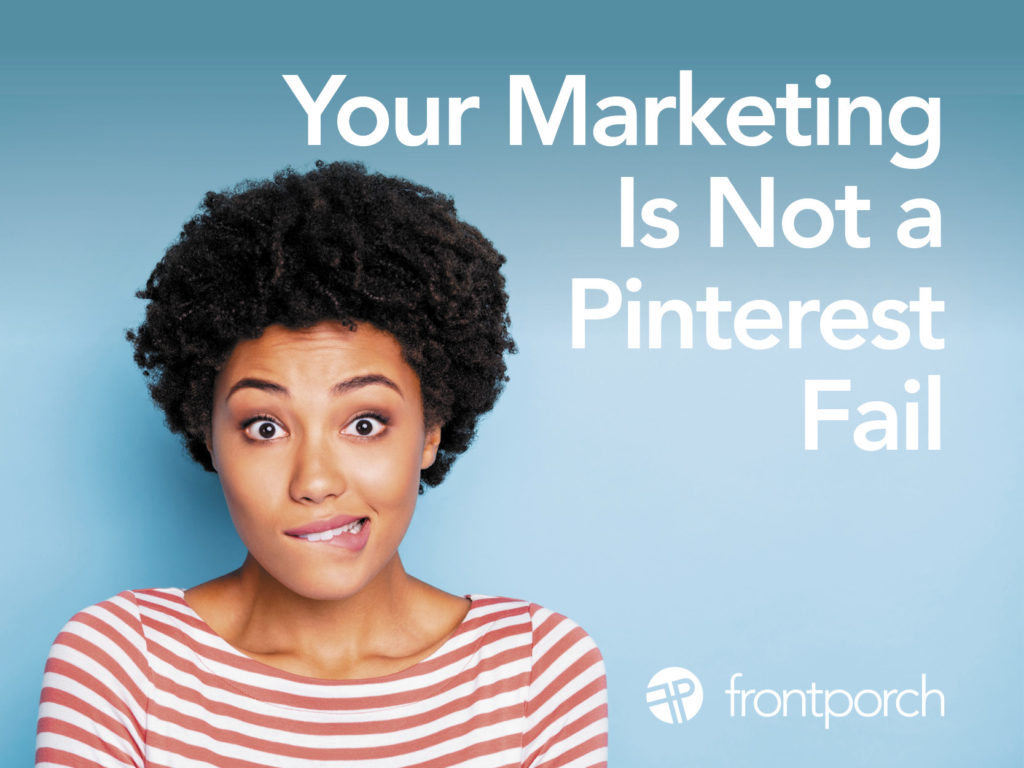
Ready to skill up this year by attending a great conference for marketers like you?
Why are conferences for marketers important? They’re a tool for growth in your marketing career! First, you are learning new skills. Next, you’re exposed to best practices from peers and mentors. Then, you’re growing your network for future collaborations and opportunities. And most importantly, any work experiences outside of the office give you a fresh perspective and renewed enthusiasm for your job. It’s a win-win-win-win.
Attend one of these conferences for marketers this year:
Adweek: Outlook: You can join AdWeek for a value-heavy program to talk about the benefits of monetization strategies. Explore new tools disrupting the industry. Speakers in attendance include top names in media, marketing, and tech. This program aims to figure out how to use these innovations to supercharge growth and revenue. Over three days, you’ll learn how to connect with customers. Plus, you’ll tackle talent and transformation topics.
Content World Marketing: Content Marketing World stands out among brand marketing conferences. First, it provides a space for you to improve your content creation skills. Second, it helps you connect with other creators. At this conference, you will meet important professionals in the industry, meet potential hires, and gain knowledge to improve your marketing systems.
INBOUND: INBOUND’s key goal is to connect professionals in the marketing industry. Every year, this marketing conference is one of the biggest marketing events. In fact, it attracts thousands of world-class professionals. At INBOUND, you will meet some of the best and brightest minds in sales and revenue operations. You also get to network with leaders in marketing and customer success.
SXSW: Advertising & Brand Experience: SXSW is not your typical marketing conference. But their Advertising and Brand Experience track is a great way to expand your mind and your perspective. This SXSW track is designed for agencies and organizations. Find forward-thinking strategies to connect with communities.
SEO
MOZCON: MozCon is like a summer camp for marketers. This conference brings together digital marketers from all over the world for three days. During the program, marketers learn to overcome all the common and specific obstacles in the current marketing world. The speakers range from leaders in performance marketing, SEO, conversion optimization, local search, digital marketing strategy and conversion optimization.
Social Media
Social Media Marketing World: Social marketing is changing more and more each day. If this industry has taught us anything, it’s that you’ve got to embrace change to get ahead. Join thousands of the world’s smartest marketers and influencers — brought to you by Social Media Examiner. Walk away with real business-building ideas. And then put them to work for your business or clients right away.
Regional Traveling Conference for Marketers
Digital Summit Series: Digital Summit Series happens across the United States in more than 15 cities, including Chicago, Minneapolis, Los Angeles and Washington, DC. The summit includes sessions covering digital marketing best tactics and practices, SEO, content, social media, analytics and strategy. Plus, you can choose either a virtual event or attend in person.
Virtual Conference
AMA Conferences: As the global leader in marketing knowledge, the AMA provides a broad range of opportunities to collaborate, network, learn, and grow professionally. Here you’ll virtually learn from industry and academic leaders, speakers, and training instructors that you will encounter in the AMA community.
The benefits you’ll receive from a conference pay off all year long.
By attending a conference for marketers this year, you’ll be able to see the results in your work. Start applying what you learned to your everyday tasks. Then, begin a new project that will take your marketing department to the next level. You might meet your future boss. Overall, you’ll be inspired to try new innovations. And finally, you’ll feel a sense of accomplishment for having invested in yourself and your future career.










